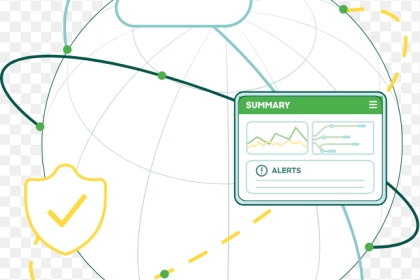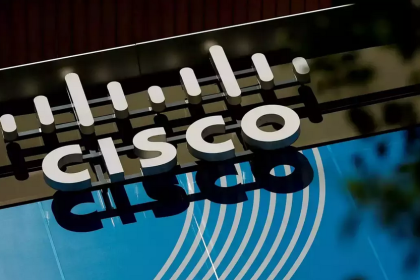The IPv6 unicast (one-to-one) address is a logical identifier (ID) of a single-host interface. With a unicast address, a single source sends to a single destination. It is similar to IPv4 unicast addresses. There are three types of unicast addresses:
- Global unicast addresses
- Link-local addresses
- Unique local addresses
Global Unicast Addresses
IPv6 global addresses connect to the public network. These unicast addresses are globally unique and routable. This address format was initially defined in RFC 2374. RFC 3587 provides updates to the format.
The original specification defined the address format with a three-layer hierarchy: public topology, site topology, and interface identifier. The public topology consisted of service providers that provided transit services and exchanges of routing information. It used a top-level aggregator (TLA) identifier and a next-level aggregator (NLA). A site-level aggregator (SLA) was used for site topology. The site topology is local to the company or site and does not provide transit services. The TLA, NLA, and SLA identifiers are deprecated by RFC 3587. RFC 3587 simplifies these identifiers with a global routing prefix and subnet identifier for the network portion of the address.
Figure 2-2 shows the format of the standard IPv6 global unicast address. The Global Routing Prefix field is generally 48 bits in length, and the Subnet ID field is 16 bits. The Interface ID field is 64 bits in length and uniquely identifies the interface on the link.

Figure 2-2 IPv6 Global Unicast Address Format
The Interface ID field is obtained from the 48-bit MAC address of the host. The MAC address is converted to the EUI-64 identifier format by inserting the FFFE hexadecimal value in between the 24-bit leftmost and rightmost values.
For example, with the MAC address 01:00:0C:A4:BC:D0, the leftmost 24 bits are 01:00:0C, and the rightmost bits are A4:BC:D0. When you insert FFFE, the IPv6 64-bit identifier becomes
01:00:0C:FF:FE:A4:BC:D0
Link-Local Addresses
IPv6 link-local addresses are significant to nodes on only a single link. Routers do not forward packets with link-local source or destination addresses beyond the local link. Link-local addresses are identified by leading FE8 hexadecimal numbers. Link-local addresses are configured automatically or manually.
As shown in Figure 2-3, the format of the link-local address is an FP of 1111111010, followed by 54 0s and a 64-bit Interface ID field. The Interface ID field is obtained from the device MAC address and verified automatically through communication with other nodes in the link. The interface ID is then concatenated with the link-local address prefix FE80::/64 to obtain the interface link-local address.

Figure 2-3 IPv6 Link-Local Address Format




